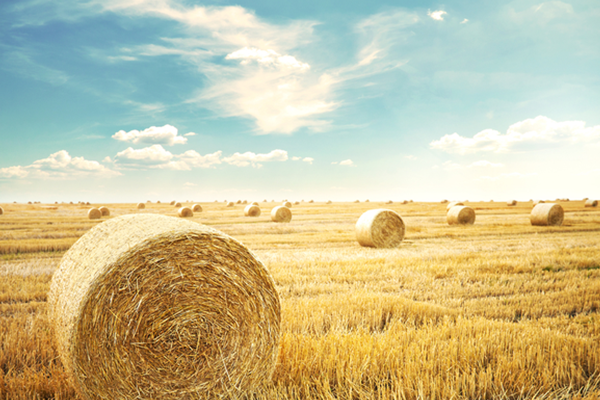Rainfall totals in Oklahoma averaged trace amounts for the week of Nov. 15-21, with the east-central and southeast districts recording the highest total at 0.01 of an inch, according to the U.S. Department of Agriculture National Agricultural Statistics Service.
Drought conditions were rated 77% abnormally dry to exceptionally dry, unchanged from the previous week, according to the Nov. 16 U.S. Drought Monitor Report. Additionally, 37% of the state was in the moderate to exceptional drought category, unchanged from the previous week.
Statewide, temperatures averaged in the low 50s. Topsoil moisture conditions were rated mostly adequate to short, while subsoil moisture conditions were rated short to adequate.
Here’s a snapshot of how crops performed for the week of Nov. 15-21:
Small grains: Winter wheat planted reached 96%, down four points from the previous year and two points from normal. Winter wheat emerged reached 90%, down one point from the previous year but unchanged from normal.
Canola planted reached 95%, down one point from the previous year but up one point from normal. Canola emerged reached 78%, down 10 points from the previous year and six points from normal.
Rye emerged reached 89%, down four points from the previous year but unchanged from normal.
Oats planted reached 64%, unchanged from the previous year and from normal. Oats emerged reached 46%, down one point from the previous year but up two points from normal.
Row crops: Sorghum harvested reached 93%, up two points from the previous year and three points from normal.
Soybeans harvested reached 80%, up nine points from the previous year and five points from normal.
Peanuts harvested reached 91%, down two points from the previous year but up two points from normal.
Cotton harvested reached 74%, up six points from the previous year and nine points from normal.
Hay: The fifth cutting of alfalfa hay reached 55%, up two points from the previous year and 16 points from normal.
The third cutting of other hay reached 77%, up four points from the previous year but unchanged from normal. The fourth cutting of other hay reached 42%, down two points from the previous year and six points from normal.
Pasture and livestock: Pasture and livestock condition was rated at 73% fair to good. Livestock condition was rated at 93% good to fair.


